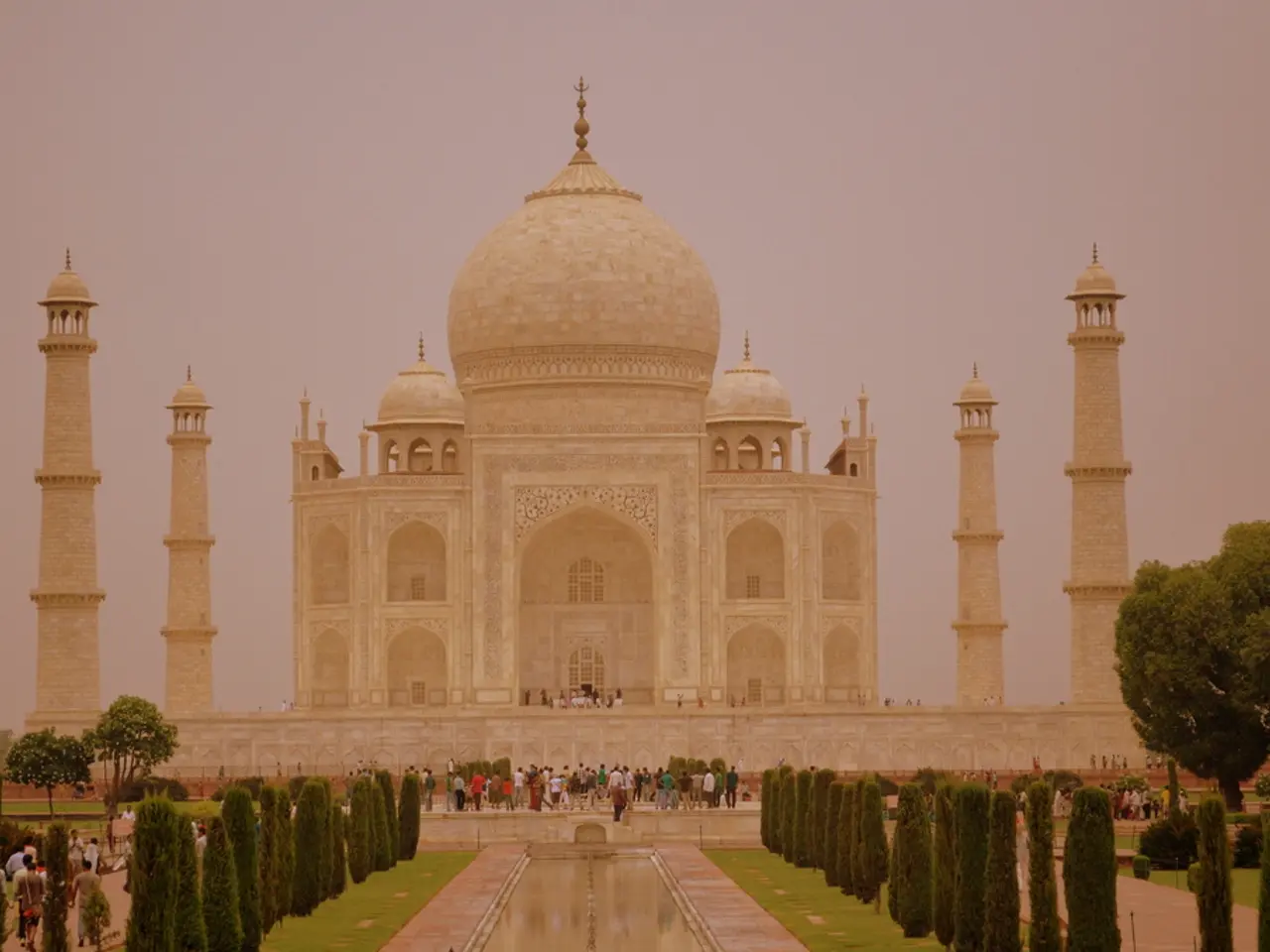Shift in Bollywood's portrayal of Kashmir
In the heart of India, nestled amidst the towering Himalayas, lies the disputed territory of Kashmir. For decades, this region has been at the centre of a conflict between India and Pakistan, a struggle that has shaped the lives of its people and echoed through the halls of politics. This conflict has also left an indelible mark on Bollywood, the Indian film industry, which has served as a mirror to subcontinental life, capturing the prevailing political drives and sentiments.
Initially, from independence in 1949 through many decades, Bollywood depicted Kashmir primarily as a scenic, idyllic paradise — focusing on its breathtaking landscapes, such as snow-capped mountains and tulip gardens, serving as a backdrop for romance and escapism, largely ignoring its people and political strife. Films like Barsaat (1949) exemplified this trend. However, the turbulence of the 1990s brought Kashmir to the centre of India's political and emotional consciousness, leading to a shift in Bollywood's portrayal of Kashmir as a battleground.
Since the late 20th century, especially post-1990s insurgency and conflict, Bollywood began portraying Kashmir through a more grave, conflict-centric lens. Movies such as Vishal Bhardwaj's Haider (2014), an adaptation of Shakespeare's Hamlet, critically explore themes of violence, disappearances, and psychological trauma against the backdrop of the Kashmir conflict. These narratives illustrate Kashmiris' resilience and strife, contrasting sharply with earlier nostalgic depictions.
In recent years, the trend intensified with Bollywood films engaging more overtly in the region's political disputes and communal tensions. Notably, The Kashmir Files (2022) sparked controversy by focusing on the exodus of Kashmiri Pandits, which some see as aligned with political propaganda and fostering a narrative of victimhood and communal polarization. This film has been supported by political figures and aligns with a broader tendency in some Hindi cinema to foreground nationalist and ideological perspectives.
The rise of right-wing politics since 2014 has influenced film narratives promoting ideological agendas, sometimes manifesting as propaganda that contributes to hate narratives, especially towards Muslims, who are often depicted as terrorists or antagonists in these films. Mani Ratnam’s Roja (early 1990s) is credited with introducing “terrorists” to Hindi cinema with a distinct Muslim identity, marking a shift from vague foreign antagonists to more localized Muslim characters, a trope that grew more pronounced over time.
Overall, Bollywood's portrayal of Kashmir shifted from picturesque escapism to politicized storytelling, highlighting struggles amidst conflict while becoming entangled with India's wider political currents that affect representation, narratives, and public discourse on the region and its Muslim-majority population. Today, Hindi cinema is described as "statist," meaning largely aligned with government narratives.
However, it is important to note that Bollywood movies have significantly influenced the world's perception of Kashmir. Javed Akhtar, a prominent figure in Bollywood, expressed optimism about the future of secularism in India, highlighting the potential for films to foster understanding and empathy, rather than perpetuating division and conflict. As the conflict in Kashmir continues, the role of Bollywood in shaping public opinion and fostering dialogue remains a critical issue.
References: 1. Chakravarty, S. (2019). Bollywood and Kashmir: A critical analysis of the representation of Kashmir in Hindi cinema. South Asian Popular Culture, 17(2), 127-140. 2. Khanna, A. (2019). Bollywood's Kashmir: The changing depiction of a conflict. The Diplomat. Retrieved from https://thediplomat.com/2019/08/bollywoods-kashmir-the-changing-depiction-of-a-conflict/ 3. Siddiqui, F. (2022). The Kashmir Files: A film that reinforces anti-Muslim sentiment. The Indian Express. Retrieved from https://indianexpress.com/article/opinion/columns/the-kashmir-files-a-film-that-reinforces-anti-muslim-sentiment-8585080/ 4. Singh, A. (2019). The Kashmir Files: A contentious film that polarizes India. The Wire. Retrieved from https://thewire.in/arts/the-kashmir-files-a-contentious-film-that-polarizes-india 5. Taneja, A. (2019). Bollywood's portrayal of Kashmir: A political reflection. The Quint. Retrieved from https://www.thequint.com/entertainment/bollywood/bollywoods-portrayal-of-kashmir-a-political-reflection
- The conflict in Kashmir, which has infiltrated the halls of politics and world media, has indelibly marked Bollywood, leading to a significant shift in its portrayal of Kashmir from idyllic escapism to politicized storytelling.
- Bollywood, a mirror to subcontinental life, serves as an international platform for depicting Kashmir's struggle and strife, with movies like Haider (2014) exploring themes of violence, disappearances, and psychological trauma against the backdrop of the Kashmir conflict.
- In recent years, some Bollywood films have been criticized for promoting ideological agendas, such as The Kashmir Files (2022) which sparked controversy by focusing on the exodus of Kashmiri Pandits, resulting in a narrative of victimhood and communal polarization.
- The depiction of Kashmir in Bollywood has been influenced by the political climate, with the rise of right-wing politics leading to films promoting nationalist and ideological perspectives that sometimes manifest as propaganda, creating hate narratives.
- While Bollywood's portrayal of Kashmir has often reflected the political currents of the Indian government, it holds immense power in shaping the world's perception of the region and its Muslim-majority population, particularly in terms of fostering understanding, empathy, and dialogue.








